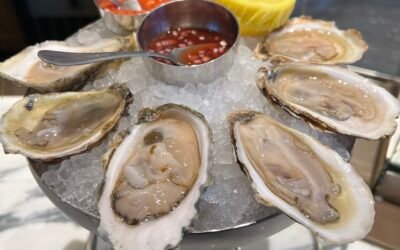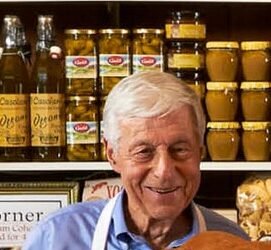My friend and bread guru Mick Hartley once showed me a method to convert from yeast to wild yeast. Here is a file I found from many years back that I think is a good share for budding bakers.
Dear Jeremy,
You’re being a lazy boy. I’ve done that at least twice on Mr Lepard’s forum.
I can’t remember if you can open my attachments on your Mac so I’ll just copy it into the email:
“If you intend converting the recipe to using a naturally leavened starter (sourdough), this is the way I do it.
It assumes you have a starter at 100% hydration (equal quantities of flour and water) and refresh it twice before mixing your dough. This calculation assumes a starter at 15% of dough weight (not baker’s percentage). You might want to increase that as high as 30%.
Take your yeasted recipe and add up the total amount of flour and the total amount of liquid, add the two together and call that the dough weight. Assuming you want to use starter at 15% of dough weight, calculate what 15% is, halve the amount and deduct that from the flour and from the liquid.
For example, say the recipe has 1000g flour and 600g water – dough weight = 1600g (forget about salt, etc.). 15% of 1600g = 240g = weight of starter (which is made up of equal weights of flour and water). So deduct half of this, 120g from the weight of flour = 880g, and the same for the water = 480g.
So your recipe becomes: flour 880g + water 480g + starter 240g = 1600g.
Then work your starter back two refreshments. If you use the same method as me – 1st refreshment = 1 starter + 2 flour + 2 water; 2nd refreshment = 5 starter (total of 1st refreshment) + 5 flour and 5 water = 15. Divide the starter in the final dough, 240g, by 15 = 16g.
So it works out as:
1st refreshment – starter 16g + flour 32g + water 32g = 80g.
2nd refreshment – starter 80g + flour 80g + water 80g = 240g.
Bloody brilliant that – I worked it all out myself (took a week to recover).”
Best wishes,
Mick





0 Comments